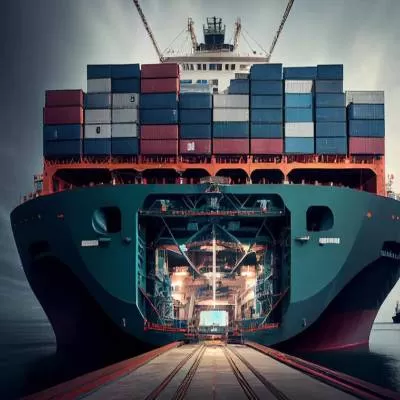
Mumbai, March 29 -- The current share of Inland Water Transport (IWT) in India's total freight traffic stands at around 2 per cent, while railways and road transport account for approximately 18 per cent and 71 per cent respectively, as per the 2021 NITI Aayog report, Fast Tracking Freight in India. In an effort to reduce logistics costs and enhance intermodal connectivity, the government has undertaken several initiatives aimed at improving coordination between waterways, railways, and road networks.
To boost the use of IWT, Multi Modal Terminals (MMTs) have been integrated at key locations such as Varanasi, Sahibganj, and Haldia, along with an intermodal terminal at Kalughat. These terminals on National Waterway-1 (NW-1) are also connected to the Shyama Prasad Mookherjee Port in Kolkata, creating a seamless flow of goods across transport modes.
Further, a Freight Village has been developed at Varanasi, serving as a cargo aggregation hub, while an Integrated Cluster-cum-Logistics Park has been established at Sahibganj to enhance cargo handling and storage capacities along NW-1.
Various ministries, including Petroleum and Natural Gas, Co-operation, Fertiliser, Food & Public Distribution, Heavy Industries, Steel, and Coal, have been advised to encourage Public Sector Undertakings under their purview to shift a portion of their cargo movement to the IWT mode. This strategic shift aims to promote a more sustainable and cost-effective freight transportation system.
The construction of the Inter-Modal Terminal (IMT) at Kalughat has been completed. This terminal is designed to cater to cargo traffic from north Bihar and Nepal, with traffic studies indicating a significant role for IMT Kalughat in increasing freight movement, particularly in the Saran region of Bihar.
Published by HT Digital Content Services with permission from Construction World.
